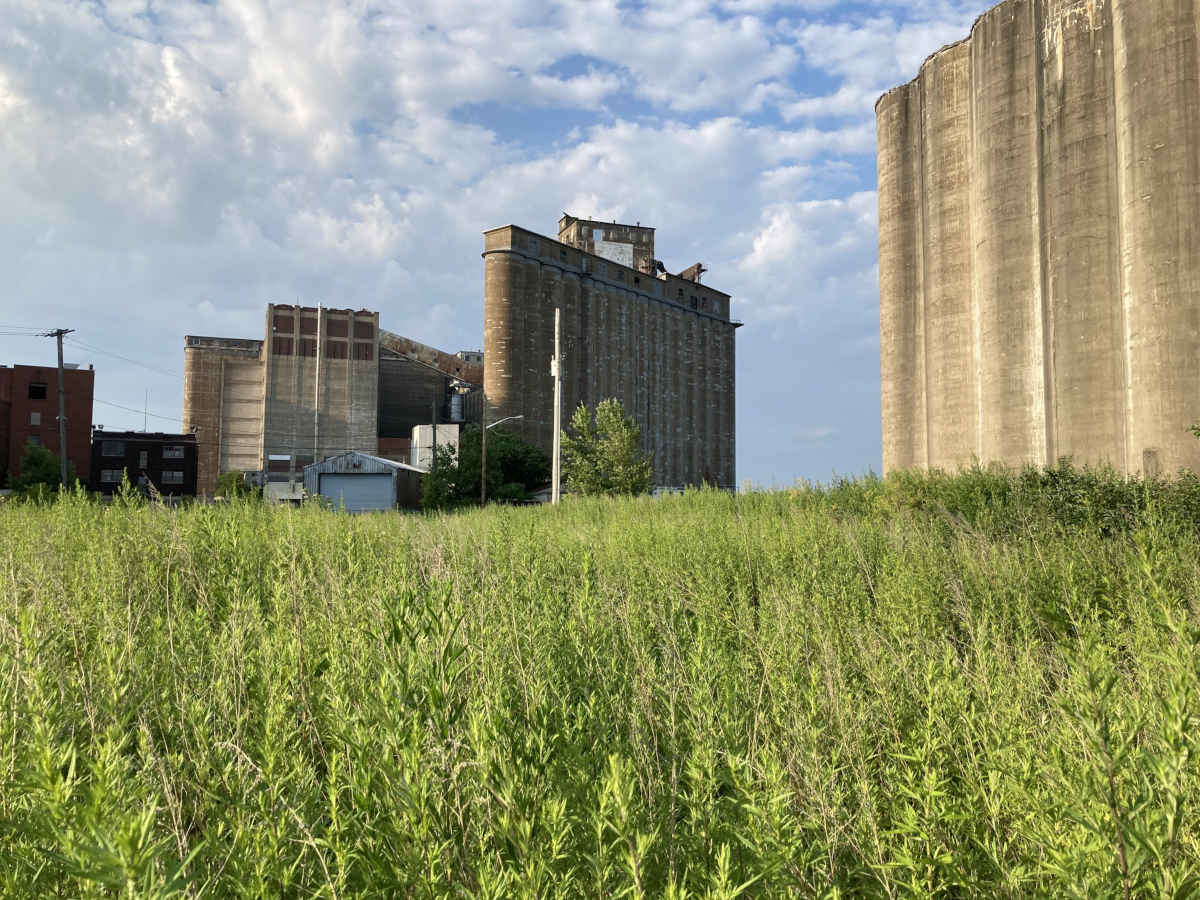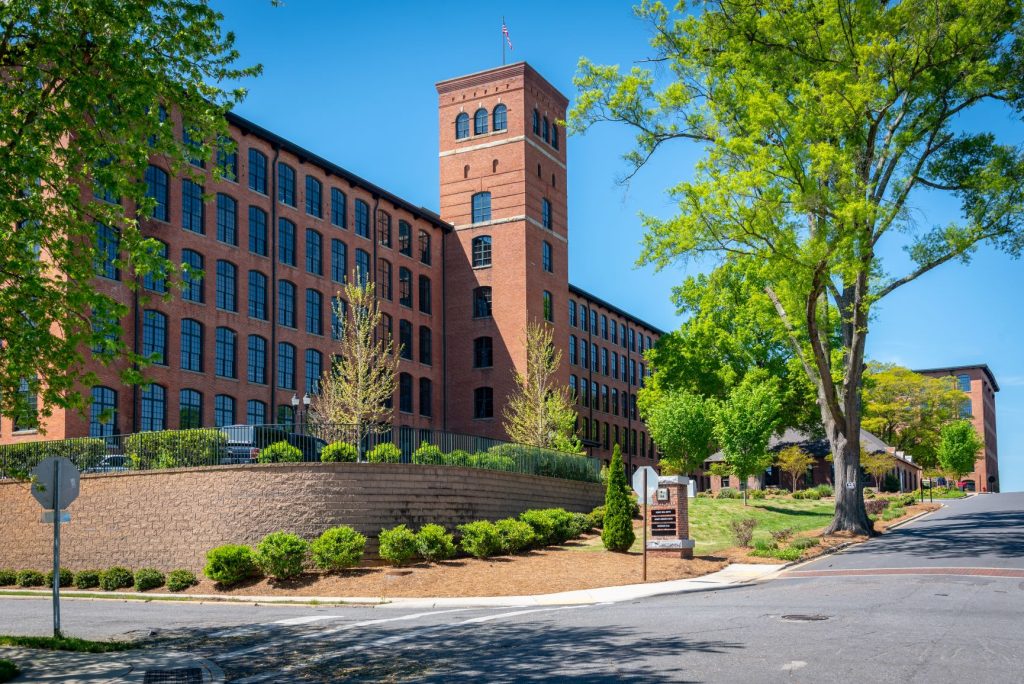
Former grain silos in Buffalo, NY, now owned by a preservation-minded developer who is activating the space for the arts, community space, a restaurant and bar, and affordable housing.
Historic Properties Redevelopment Programs: Acquiring Property
There are many ways for a historic property redevelopment program to get started in real estate. Typically when acquiring a property (or an interest in a property), the goal is to decrease the amount of risk that they have in the sale. Below are some common ways this is done.
Options
An option on a piece of real estate is a contract this is sold to a buyer who then has the right to buy the property within an agreed upon period of time. Although it gives you the right to buy, it does not require that the option holder buy the property. An added advantage is that the seller cannot sell to anyone else during the agreed upon timeframe. This is a tool that organizations use to gain control of properties with very little financial risk. It also provides time to locate a buyer or raise funds to purchase the property. Preservation North Carolina and the Georgia Trust for Historic Preservation are two examples of organizations that use options.
Assignable Option
With an assignable option, an organization can transfer their option to a third party. If during the period of the option, the group finds someone willing to take on the renovation themselves, they can transfer the rights that they purchased to these new buyers.
Purchase Agreement
This the outright purchase of a property. If is common that an organization will set certain contingencies on the sale in their contract. For example, a sale might be negotiated so as to be contingent on the successful completion of an environmental or structural assessment or the ability to raise the money necessary within a specified amount of time.
Donations of Real Estate
Property can be donated to a revolving fund in several ways and for a variety of reasons. Property owners may leave a property to an organization they are familiar with upon their death as part of their estate. An individual might also give a property so as to preserve the property and eliminate their payment of property taxes, or in order to receive a tax deduction on the market value of the property. Others may have given up on trying to sell the property and simply want to be rid of it, particularly if it is distressed. Some organizations work in partnership with their municipality to receive donations of property taken by the municipality due to nonpayment of taxes or other violations. The L’Enfant Trust and the Cincinnati Preservation Association use this strategy for example.
Right of First Refusal
A right of first refusal is a contractual right of an entity to be given the opportunity to enter into a business transaction with a person or company before anyone else can. This does not bind an organization to purchase the property, it simply gives them the first chance to purchase it. This strategy is best applied when the property is not in immediate danger, but ensures that the organization will be notified before a sale takes place.
Bargain Sales
In a bargain sale, the property owner sells the property to a nonprofit organization for less than fair market value. In addition to the revenue from the sale, the seller can take a deduction for a partial charitable contribution. This strategy can work well when the owner is inclined to sell but cannot afford an outright donation of the property.
Long-Term Leases
Using a long-term lease is a means of acquiring and rehabilitating a property, but not necessarily owning it. Such a lease is used most often when the owner of the building cannot or prefers not to sell the property, but will lease out the structure to an organization for up to 99 years. Historic Boston Incorporated makes use of this strategy. For more on lease models in practice, visit the the Rentals, Leases, and Curatorship page.
For more detail on these different strategies and how a preservation organization uses them, see Chapter 5 of J. Myrick Howard’s book, Buying Time for Heritage.

Preservation North Carolina successfully uses a variety of property acquisition techniques to shepherd old buildings to new futures. Pictured above is the Loray Mill in Gastonia.
J. Myrick Howard, Preservation North Carolina
“Creative alternatives to acquisition: using others’ money and time to do your work.”
